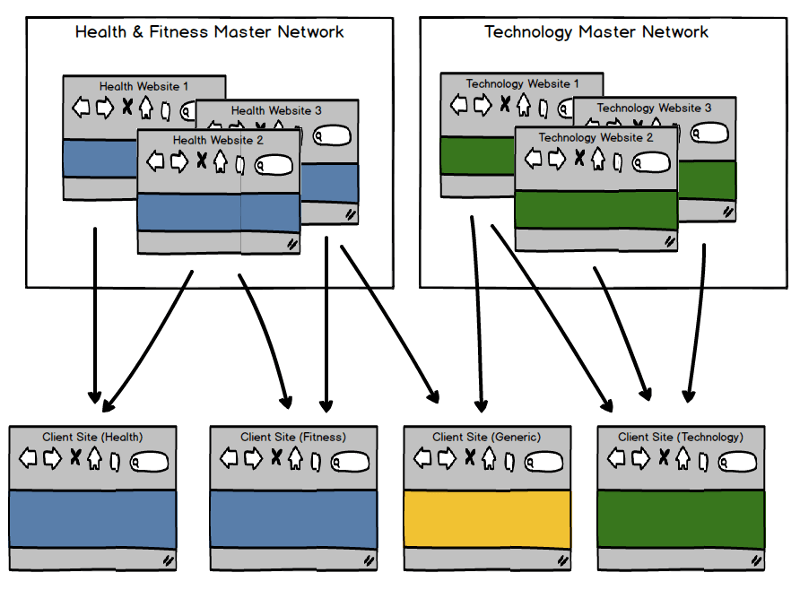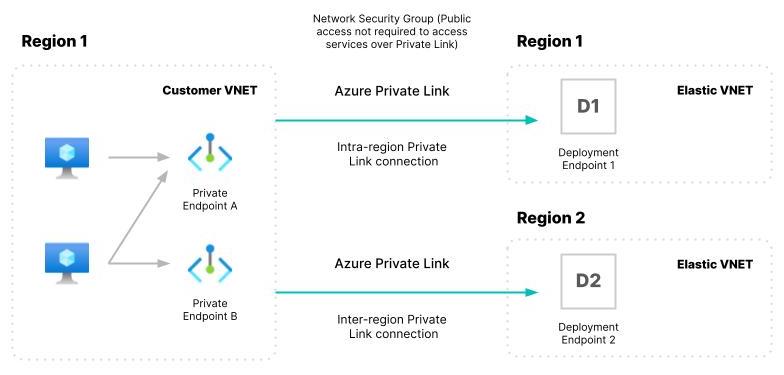All Categories
Featured
Table of Contents
- – How To Buy The Top Seo For Semantic Search
- – Top-Rated Semantic Tagging For Seo To Buy
- – What Is The Most Reliable Semantic Keyword Re...
- – A Top Semantic Search Optimization
- – What Is The Premier Semantic Seo Content Str...
- – Top Schema Markup For Semantic Seo Deals Nea...
- – Who Is The Most Reliable Enhancing Seo With ...
The web is changing, ending up being an increasing number of semantic. SEO is also transforming and coming to be more semantic. This is due to the fact that online search engine have evolved and are relocating extra and a lot more in the direction of checking out content on the internet. Obviously, that has actually additionally transformed the means we develop material, specifically if we want to rank much better in the online search engine.
Intertwingularity is not normally recognized, individuals keep claiming they can make points deeply hierarchical, categorizable and sequential when they can't. Based on the relationships between search purposes, the search engine favors a material in positioning by computing the range between the vectors of significance.
It allows you to see, beginning with a topic, all the entities that relate to that subject. This way you can clearly see which entities/concepts/ideas have currently been covered on your web site, and you can uncover brand-new opportunities by recognizing what content you can add and exactly how to produce it.
How To Buy The Top Seo For Semantic Search
It is able to make your web content understandable for internet search engine on the one hand and for your audience on the other. Structuring your content design highlights your material and its underlying relationships so that online search engine can recognize you amongst hundreds of pieces of information, making you a lot more visible to customers who meet the search intent relevant to your service.
In semantic search engine optimization copywriting, an editor starts from a more comprehensive series of subjects and customizes the material to consist of semantically relevant terms and expressions that assist visitors comprehend a topic, comparable to reviewing material in a wiki. From a material creating viewpoint, one sensible means to do this is to produce a vocabulary of terms and concerns surrounding your target subject.
Top-Rated Semantic Tagging For Seo To Buy
Find out more regarding by enjoying the by!.

Semantic search describes the procedure of exactly how online search engine recognize and match keywords to a searcher's intent in natural search results. Prior to semantic search, internet search engine like Google ran like matchmakersaligning specific words in your inquiry with those precise words on web pages. The outcomes were straightforward yet often did not have depth.
What Is The Most Reliable Semantic Keyword Research?
It makes it possible for Google to supply quick, accurate solutions to look questions concerning real-world subjects. When you kind a query word into Google, you're not just going into a sequence of words.
When you browse for "Apple," Google does not just see a word that defines a fruit. It identifies Apple as a firm and can offer relevant information. It was Google's response to the increase of voice searches, where questions became more conversational and nuanced.
A Top Semantic Search Optimization
By incorporating NLP, Hummingbird permitted Google to relocate past simple keyword matching. It helped the search engine comprehend search intent, boosting the odds that results would precisely match the reason behind a customer's search.
RankBrain is a machine understanding system that aids Google interpret questions it hasn't seen prior to. It can make assumptions concerning words and expressions it does not recognize and filter results appropriately. Making it a lot more effective at handling never-before-seen search questions. RankBrain considers greater than just key words when analyzing a search inquiry.
It brings results that match the key words and align with the overall intent of supplying pup training advice. And if the user often searches for dog-related content, Google may focus on more thorough training guidesrecognizing the customer's continuous rate of interest in the topic. Integrating technologies like the Understanding Chart, Hummingbird, and RankBrain, semantic search assists the Google formula analyze and link information throughout a huge web of information.
What Is The Premier Semantic Seo Content Strategies Company?
The emphasis changes from keyword choice to an all natural method encompassing individual intent, topical significance, and total customer experience. Creating material that deals with the searcher's requirements with extensive information can boost your SERP rankings.
And kind of web content can best satisfy their demands. A broader technique to content aligns much better with semantic search's change far from exact key words matching and towards customer intent. Which describes the raised focus on subject clusters, instead than private keyword phrases. Web content that covers search questions better not only satisfies individuals.
And five times greater than sites that take 10 secs to tons. While technological search engine optimization makes certain optimum internet site efficiency and accessibility, concentrating on individual experience (UX) takes it an action better. UX aims to develop a visually attractive, user-friendly interface with appealing, top quality material that encourages visitors to remain. Semantic search modern technology enables search engines to intend for results that supply the very best feasible UX.
Top Schema Markup For Semantic Seo Deals Near Me

All display Google's capability to address a subject query thoroughly. By understanding the context and intent behind user questions, search engines can deliver more appropriate information and possibly raise individual interaction. Customization in search engine result makes for much better UX.Based on your past search background and choices as an individual, semantic search aids online search engine tailor the results to match your unique needs and passions.
It brings outcomes that match the key phrases and line up with the overall intent of providing pup training guidance. And if the individual regularly looks for dog-related web content, Google could prioritize a lot more in-depth training guidesrecognizing the individual's continuous passion in the subject. Incorporating modern technologies like the Expertise Chart, Hummingbird, and RankBrain, semantic search helps the Google algorithm interpret and connect data across a substantial internet of information.
Who Is The Most Reliable Enhancing Seo With Semantics Service
The focus changes from keyword selection to an alternative method encompassing individual intent, topical relevance, and total individual experience. Developing content that addresses the searcher's requirements with extensive information can improve your SERP rankings. Listed below, we describe the fads and techniques that consolidate the requirement for semantically notified material. Later, we supply actionable suggestions to turn these understandings right into ideal practices.

A wider method to material aligns better with semantic search's change away from exact key phrase matching and toward user intent. Content that covers search queries more extensively not just satisfies customers.
And five times greater than websites that take 10 secs to load. While technical search engine optimization guarantees optimum internet site efficiency and accessibility, concentrating on individual experience (UX) takes it a step additionally. UX aims to create a visually attractive, straightforward interface with engaging, high quality web content that urges visitors to remain. Semantic search technology enables search engines to aim for results that supply the most effective feasible UX.
All showcase Google's capacity to attend to a subject question comprehensively. By comprehending the context and intent behind individual questions, search engines can provide more appropriate information and potentially enhance customer interaction. Customization in search results produces much better UX.Based on your previous search history and choices as an individual, semantic search helps look engines tailor the results to suit your unique requirements and interests.
Table of Contents
- – How To Buy The Top Seo For Semantic Search
- – Top-Rated Semantic Tagging For Seo To Buy
- – What Is The Most Reliable Semantic Keyword Re...
- – A Top Semantic Search Optimization
- – What Is The Premier Semantic Seo Content Str...
- – Top Schema Markup For Semantic Seo Deals Nea...
- – Who Is The Most Reliable Enhancing Seo With ...
Latest Posts
What Is A Good Price For A What Is Semantic Seo?
Top Semantic Search Engines Money Can Buy
What Is The Most Reliable Semantic Seo Content Strategies For Your Money
More
Latest Posts
What Is A Good Price For A What Is Semantic Seo?
Top Semantic Search Engines Money Can Buy
What Is The Most Reliable Semantic Seo Content Strategies For Your Money